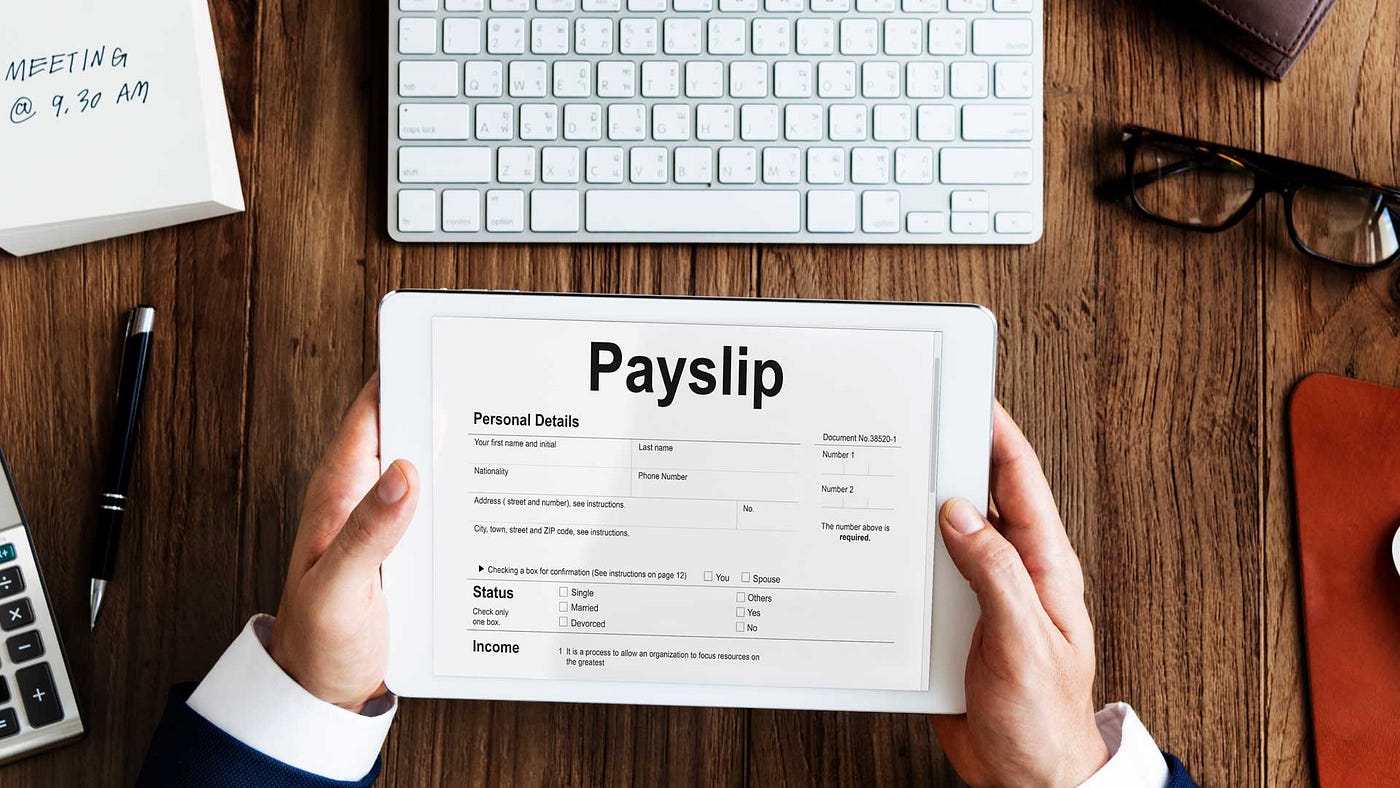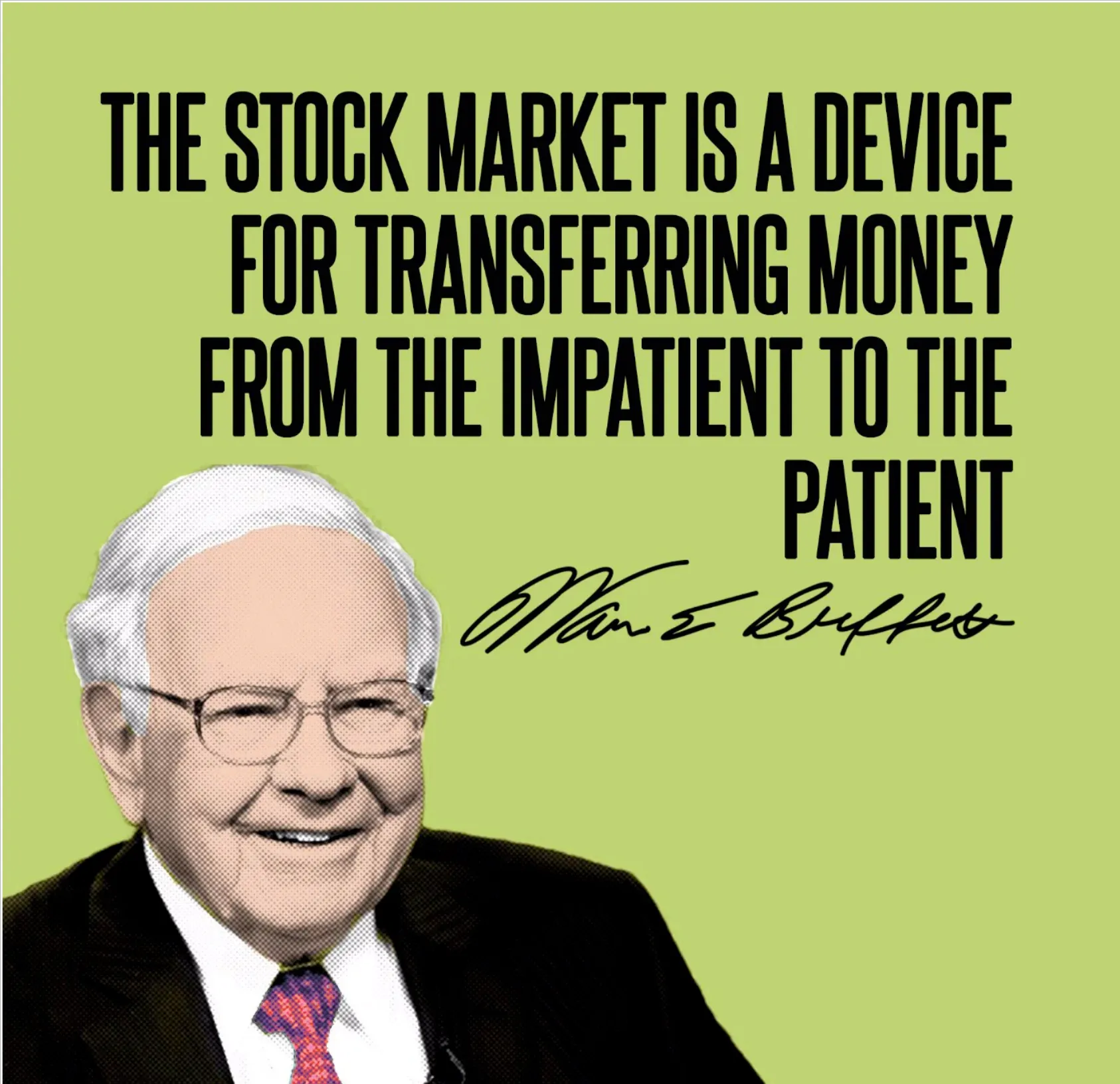What is the fuss?
Veteran investors such as Warren Buffet often advise investors to be patient. One of Mr. Buffet’s famous sayings goes like this, ‘The Stock Market is a device to transfer money from the impatient to the patient.’
But what exactly does being patient mean? How does it reward investors? And if being patient is the way to go, how to become one?
These are some of the questions I will try to answer in this post. To start, let’s see how being patient rewards investors. And then, I will share five ways to become a patient investor. Let’s get started.
Patience Reward 1: Peace of Mind
The stock market is a whirlwind of emotions. Red and green ticks mar the daily run in the stock market. It can become exhausting fast. And if this wasn’t enough, volatility and market downturns add to the anxiety.
But, for a patient investor, it does not matter. Not as much. The patient investor knows the vagaries of the stock market. It knows that it will go up and down. That there are unseen factors that will occur, and negatively impact the market.

A patient investor has made calculated investments for a longer time horizon. He is unperturbed. He weathers the stock market’s good and bad times with the same mood. He knows his goal and has a fair idea of the journey.
Be a patient investor.
Patience Reward 2: Enjoy Compounding
Compounding is one of the surest ways to generate wealth in the long run. And a definite way to enjoy compounding is to stay invested for long. It is that simple. But simple is often not easy.

Compounding ensures that the increase in value of your portfolio is reinvested to generate more wealth. And this cycle repeats, causing compounding to work its magic. The only fuel compounding needs is time. And patience gives compounding time, all the time it needs to surprise you in the end.
Patience Reward 3: Get Back Time
The stock market is a place where you can be constantly busy. Getting busy is more straightforward than making money. You can spend all day tracking price movements, reading news articles and stock recommendations, making bets on stocks, and studying technical indicators to plan your next move. This is never-ending.
The kick you get from making some extra bucks a day may not justify the time you invested to make it. On the other hand, the patient investor gets back his time. The patient plays his cards right and then watches the game unfold. He gets busy being patient, not dabbling now and then in the stock market. Yes, tracking and rebalancing a portfolio is needed, but not daily and multiple times a day.

With time, the patient investor can utilize this time to do other useful stuff. This can be to do a job that increases his/her income, which can be reinvested. Or use the extra time for self-development or spend it with friends & family.
Now, having seen the rewards of being a patient investor, let’s look at five ways of becoming one. It’s not complicated. You just need to get started.
Way 1: Don’t Make Investing your Primary Income Source
This might sound contradictory, so let me clarify. Once you have achieved financial freedom, you can choose to become a full-time investor. Until then, you should not make trading/investing a full-time job (unless you work in the stock market full time, as a fund manager or financial analyst).
If you make stock market investing your full-time job, you will be under pressure to generate returns. Your monthly income is decided by the returns you make in that month. If you don’t make enough, you might be unable to pay your bills. And worse, if you go into losses, you will be forced to exhaust your credit lines and even take debt.

It is better to have a primary source of income, be it a full-time job, freelancing, or consulting in your niche domain. This will keep the pressure off and give you the freedom to make mistakes in the stock market and learn.
Way 2: Have an Emergency Fund
An extension of way one, is to have 6–12 months of livelihood expenses as an emergency fund. Park this emergency fund in a low-risk asset, such as fixed deposits.

In today’s world, job security and income security are low. Layoffs, downsizing, and cost rationalization are common across small and big companies.
Even if you are a business owner, the revenue varies a lot. A downturn can mean low or zero revenue for many months. In these moments of downturns and layoffs, emotional investing/trading can take hold of you. And this hold comes with a pressure to perform, often leading to less than optimal investment decisions.
Keeping an emergency fund ensures you have a cushion of up to one year, where you can continue your basic lifestyle until the downturn subsides or you get a new job. In addition, having good health insurance also reduces the pressure arising from any medical emergencies.
Way 3: Research Before Investing
This might go without saying, but you may be surprised at how many investors invest without proper research. Research is essential, even if you are investing in a safe company that has been there for decades.

Research gives you confidence on why a company will continue to grow in the next 5–10 years. It tells you the management’s vision, execution capabilities, and the health of their balance sheet and cashflows.
Once you know the tailwinds in the industry and the growth levers the company is pursuing, your conviction in the company goes up. This conviction will make you weather the volatility and market downturns with a peaceful demeanor.
Way 4: Track and Rebalance at a set frequency
Any investment portfolio needs to be tracked and rebalanced. Allocate a set time and frequency to do this. Quarterly or semi-annually is ok. Daily or weekly is too much.

Giving time to rebalance also helps to provide time for the stock to perform. Short-term volatility can be ignored as long as the investment thesis remains the same. A suitable type of rebalance is when you reallocate some money from a stock that has run up too soon to another stock that the market is not valuing as much as it should.
Tracking your investments helps you see if the company’s growth strategy is working out as it should be. The quarterly earnings report tells you what was achieved, what got missed, and what is in store for coming quarters. Key events that need digging into are top management rejigs, acquisitions, and regulatory changes.
Macroeconomic changes, outside of investors’ control, can be tracked to find entry and accumulation points. These are points where the stock market crashes or goes down, allowing all investors to buy good companies at discounted prices. Think of it as a New Year sale event :-). Examples include the Covid Crash, the war between two countries, natural calamities in a high-export country, etc.
The daily news and stock tips will not bother you if you track and rebalance at a set frequency. You have your investment thesis and the quarterly company scorecard, which you will use to evaluate your portfolio.
Way 5: [Most Impnt] Experience one full Up and Down Market Cycle
I call this the most important way because it is the reason I am writing this post today. Once an investor has experienced one complete bull and bear cycle, one knows how to be a patient investor. Let me explain.
Once you experience a Bull run, when all stocks rise, even ones with bad fundamentals, you know what stock market euphoria looks like. Stock prices run much ahead of fundamentals. IPO party peaks. Everyone becomes a stock market guru—stories of people doubling and tripling money in no time surface all over the media.
Then, once you experience a Bear period when the stock market keeps declining, you know what pessimism does to the stock market. Even fundamentally good stocks trade at discounted prices. Companies with weak fundamentals are the first to fall, and they drop the deepest.
Quoting Warren Buffet again: ‘Once the tide goes out is when you see who has been swimming naked.’ The tide refers to the bull run, and the swimming naked refers to weak fundamental companies that go down after a bull run.

But what does a bull run and bear run do with Patient Investing?
Well, it has a lot to do. By seeing the ups and downs of the market, you understand. You understand the nature of the stock market. You now know that prices go up and down all the time. Sometimes they go up, up, up. Sometimes they go down, down, down. What matters is your conviction in the company behind the stock and sticking to it for a long time.
Over a complete bull and bear cycle, you come across some companies that remained flat for 1–2 years, then suddenly gave a 40–50% return over the next year. There is nothing sudden about this. This is when the price catches up with the fundamentals of the company. I think this is the most satisfying part of being a patient investor.
Parting Thoughts
Patience comes with experience. Experience from seeing the way things work and knowing that something similar will happen in the future.
Patience comes from your research and conviction. As you make up your mind and know the expected returns from a company, you can remain unperturbed in volatile times.
Patience comes from knowing that you will survive the worst possible outcome and will be able to move on to create better ones.
Patience is both a teacher and a virtue.
Be a patient learner, and its rewards will find their way to you in due time.
Do you have a stock that has rewarded your patience? Which one is it? Do share in the comments below.




